On the golf course, every shot requires precise distance judgment. Even a margin of error of one or two yards could cause your ball to deviate from the target and affect your overall performance. Many golfers encounter problems when using rangefinders: although the distance shown by the instrument seems reasonable, they find that the landing point deviates from their expectations after hitting the ball. Distance measurement errors have thus become a common pain point for golf enthusiasts. How to effectively solve this problem, the flag lock becomes a key tool.

Common Causes Of Rangefinder Errors
The error of the rangefinder is not accidental but the result of the accumulation of multiple factors.
First of all, environmental interference is one of the main reasons. Trees on the sports field, bunkers, flags in the distance or background buildings may be misidentified as targets by the rangefinder, resulting in inaccurate displayed distances. Especially on fairways with complex lines of sight or on courts with many obstacles, this kind of error is more obvious.
Secondly, the slope and undulation will also affect the actual hitting distance. Traditional rangefinders only provide straight-line distances. If the influence of slope on the ball's flight path and landing point is ignored, players are prone to underestimate or overestimate the actual hitting requirements.
In addition, lighting conditions and handheld stability may also cause minor deviations. Direct sunlight, shadow interference or hand tremors can all affect the accuracy of laser ranging. Taking all these factors into account, even high-end rangefinders can have an error of a few yards, and this difference is sufficient on the course to affect club selection and hitting decisions.

What Is The Flag Lock On Rangefinder?
The flag lock is precisely designed to address these errors. It automatically identifies the position of the flag through the optical or laser technology of the rangefinder and uses it as the sole target for distance measurement, while ignoring the interference of the stadium background.
In other words, the flag lock enables golfers to focus on the most crucial target - the flag, thereby obtaining more reliable distance information. This function not only enhances the accuracy of distance measurement but also reduces the trouble for golfers in judging distances on complex fairways.

How Does The Flag Lock Actually Avoid Ranging Errors?
The advantages of the flag lock are mainly reflected in three aspects:
Automatically identify flags
The rangefinder can distinguish flags from other objects on the field, and even in complex backgrounds, it can lock onto the true target. This means that players need not worry about trees or bunkers being misidentified.
Provide stable distance data
After the target is locked, the instrument will output a stable and reliable distance reading. Whether it is a distant open fairway or a hole blocked by obstacles, players can quickly obtain the accurate distance and reduce the hesitation in choosing a club.
Combined with slope compensation
Many high-end rangefinders, after locking the flag, will automatically calculate the impact of the slope on the hitting distance, providing a more realistic hitting reference. This not only avoids underestimating or overestimating the distance, but also makes players more confident in their strategies.
Through these functions, flag lock significantly reduces ranging errors and enhances the accuracy of golfers' decisions in complex environments.

Tips For Using The Flag Lock On Rangefinder
To fully leverage the advantages of the flag lock, golfers can pay attention to the following points:
Aim at the center of the flag
Make sure the distance meter is aligned with the central axis of the flag, rather than the top or side of it. This will enable you to obtain the most accurate distance data.
Keep your hand steady
Hand tremors or unstable grip can lead to reading deviations, especially when measuring distances over long distances, the impact is more pronounced. A tripod or stand can be used for assistance, or a stable handheld position can be maintained.
Choose the appropriate light
Avoid measuring distance in direct sunlight or strong shadow conditions. Uneven light may interfere with laser reflection and cause the locking function to fail.
Calibrate the rangefinder regularly
After long-term use, the instrument may experience minor deviations. Regular calibration can ensure the stability of the locking function and ranging accuracy.
Combine the court strategy
In addition to relying on instrument data, making a comprehensive judgment by combining the layout of the course, the characteristics of the clubs and the hitting style can maximize the role of the flag lock.

Final Thoughts
The core value of the flag lock lies in solving the distance measurement error, enabling golf enthusiasts to quickly obtain accurate distances even in complex fairways. By automatically identifying flags, providing stable data and combining slope compensation, players can choose their clubs and hitting strategies with more confidence.
For golfers who pursue precise and stable performance, flag lock is not only a technical upgrade but also a practical guarantee. Whether a beginner or an experienced player, mastering and using the flag lock reasonably can significantly improve performance on the course and reduce the trouble caused by distance measurement errors.

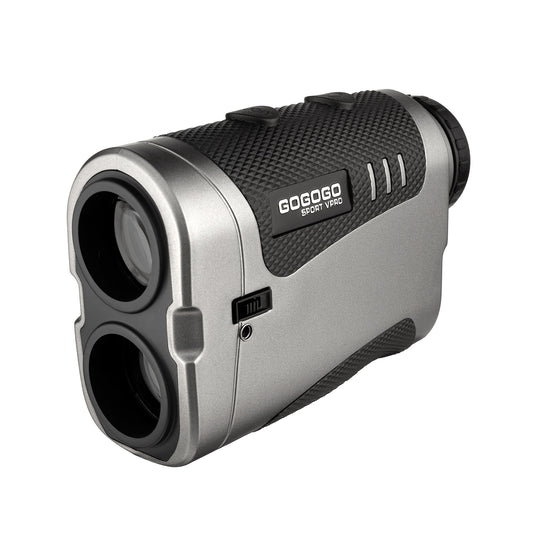
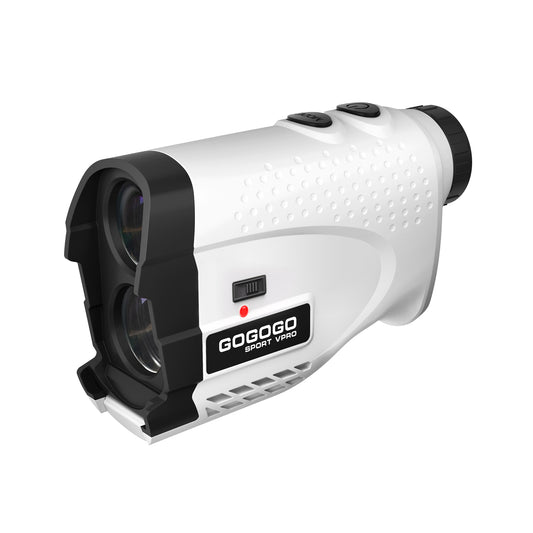
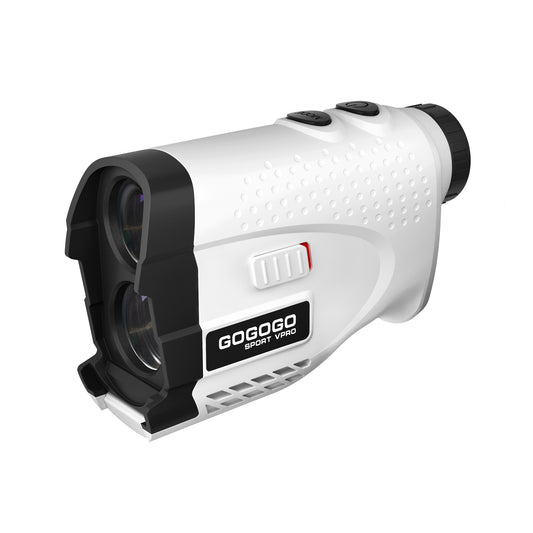
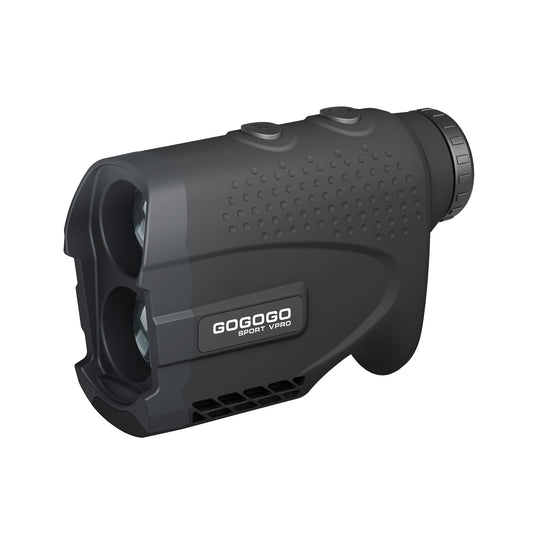
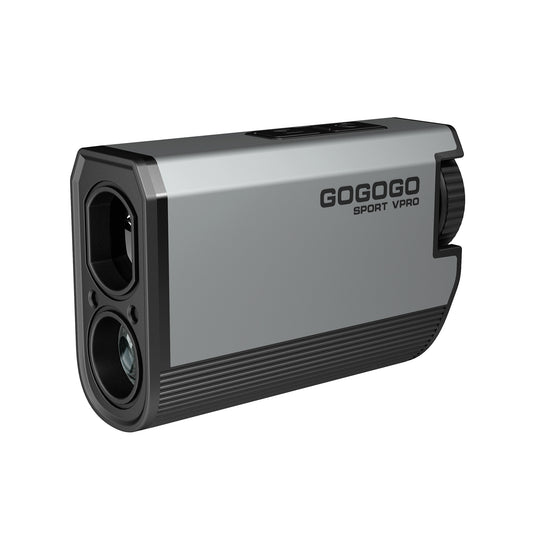
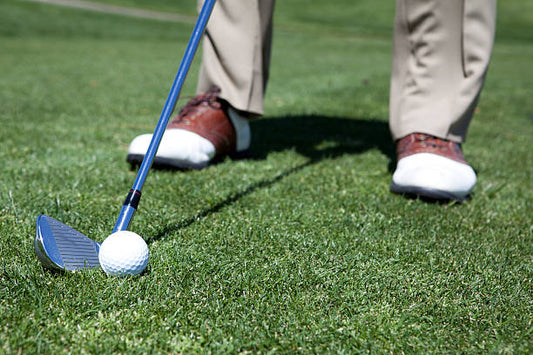
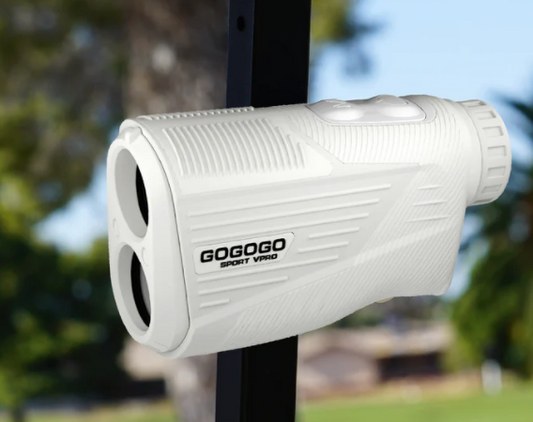
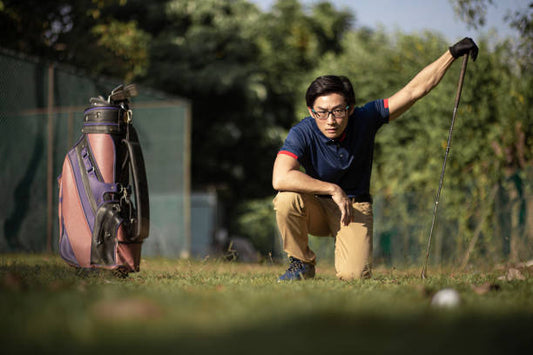
![[2025] The Ultimate Guide to Pinseeker Rangefinders for Golfers](http://gogogosport.com/cdn/shop/articles/gogogo_sport_vpro_pinseeker_rangefinder.png?v=1757993796&width=533)